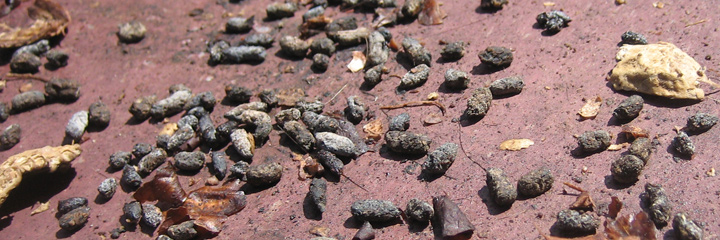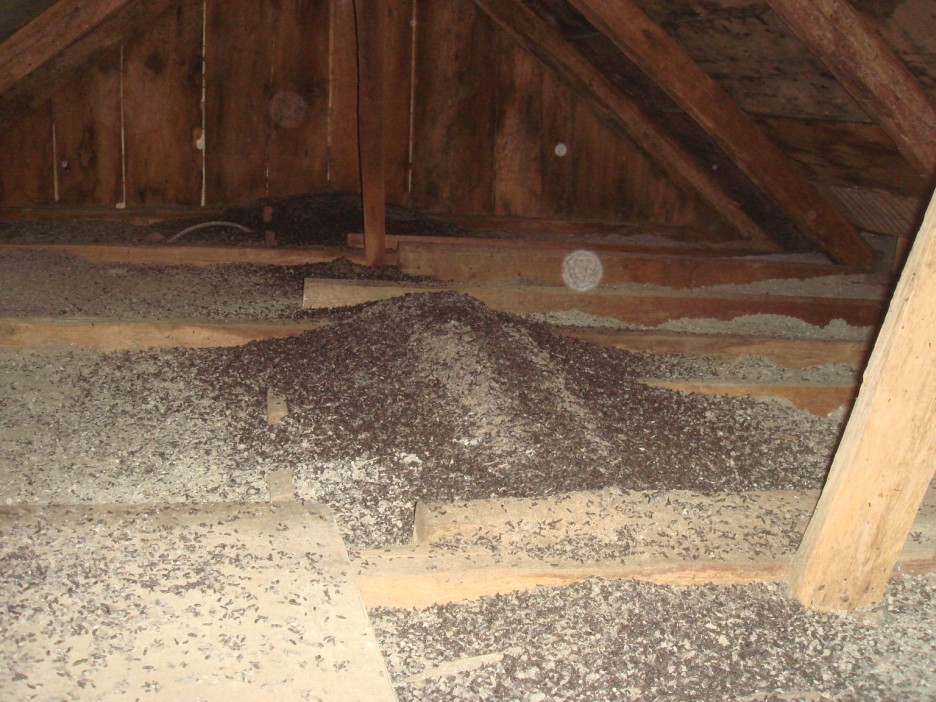

It goes to meridians of liver and spleen.

The Chinese Materia Medica documents that it is bitter, sweet in flavor and warm in nature. Sample trogopterus dung recipes on herbal remedies
#Squirrel poop skin
Since it is able to remove all the symptoms unconsciously and make the patient smile again soon, the ancient named it as “Shi Xiao San.” Modern pharmacological actionsġ) It inhibits platelet aggregation, reduces blood viscosity, and lowers plasma viscosity Ģ) It reduces myocardial oxygen consumption ģ) It improves tolerance of hypoxia, cold and high temperature ĥ) It enhances normal immune function and improves experimental microcirculation Ħ) It has different degrees of inhibition on a variety of skin fungi ħ) It inhibits Mycobacterium tuberculosis. As a result, the combination of them is effective for coronary heart disease and angina pectoris. Today the related pharmacological studies confirmed that the former ingredient could retard the clotting of blood and increase coronary blood flow while the latter ingredient could expand coronary artery, lower lipid, and acceleration velocity. Clinically these 2 ingredients are commonly used in the treatment of coronary heart disease and angina pectoris. There are many trogopterus-dung based formulas, typified by Shi Xiao San, which literally means “cannot help laughing powder.” This famous prescription, consisting of flying squirrel droppings and Pu Huang (cattails), is mainly designed for pains caused by stasis of blood. It is fried, ground, and taken along with warm wine or combined with other herbs to cater to the specific condition. metrorrhagia and metrostaxis, too frequent and prolonged copious menses, purple blood clots during menstruation, and stabbing pain in the lower abdomen. This herb can be used for bleeding due to blood stasis or failure of blood to circulate in the vessels, e.g. It contains pyrocatechol, benzoic acid, 3-caren-9,10-dicarboxylic acid, uracil, wulingzhic acid, m-hydroxybenzoic acid, protocatechuic acid, hypoxanthine, allantoin, L-tyrosine, 3-O-cis-p-coumaroyltormentic acid, 3-O-trans-p-coumaroyltormentic acid, 2α-hydroxyursolic acid, pomolic acid, jacoumaric acid, ursolic acid, tormentic acid, euscaphic acid, masolinic acid, serratagenic acid, goreishic acid, and so on. It is active during the night to gather branches, fruits, and nuts and by day it just sleeps. It homes and lays its eggs in cliffs that are about 30 meters. Besides, additional features of it include black hair clustered together at the lower side of the ear, grey-brown fur, slightly red face and tail, and approximately 30 cm body and 30 cm tail. The complex-toothed flying squirrel, just as its name implies, is characterized by its teeth, except that it is no different to other flying squirrels. Medicinally it is used raw or roasted with vinegar or wine. The former is condensed by many fecal pellets and believed with better medicinal properties while the latter is loose and rice-shaped and with less quality. Based on how it looks, it can be categorized into 2 major types – block and granule. When used as a medicine it can be harvested throughout the year and then dried in the sun before the impurities have been removed. In China it is basically produced in Hebei, Shanxi, and Gansu. So, it is also commonly known as Trogopterus Dung, Feces Trogopterori Seu Pteromi, Excrementum Trogopteri seu Pteromi, Trogopteri excrementum, and so on. In addition, the dried droppings of Pteromys volans L. Medicinally it refers especially to the droppings of Trogopterus xanthipes Milne-Edwards, an animal species also called the complex-toothed flying squirrel in the family Petauristidae.


 0 kommentar(er)
0 kommentar(er)
